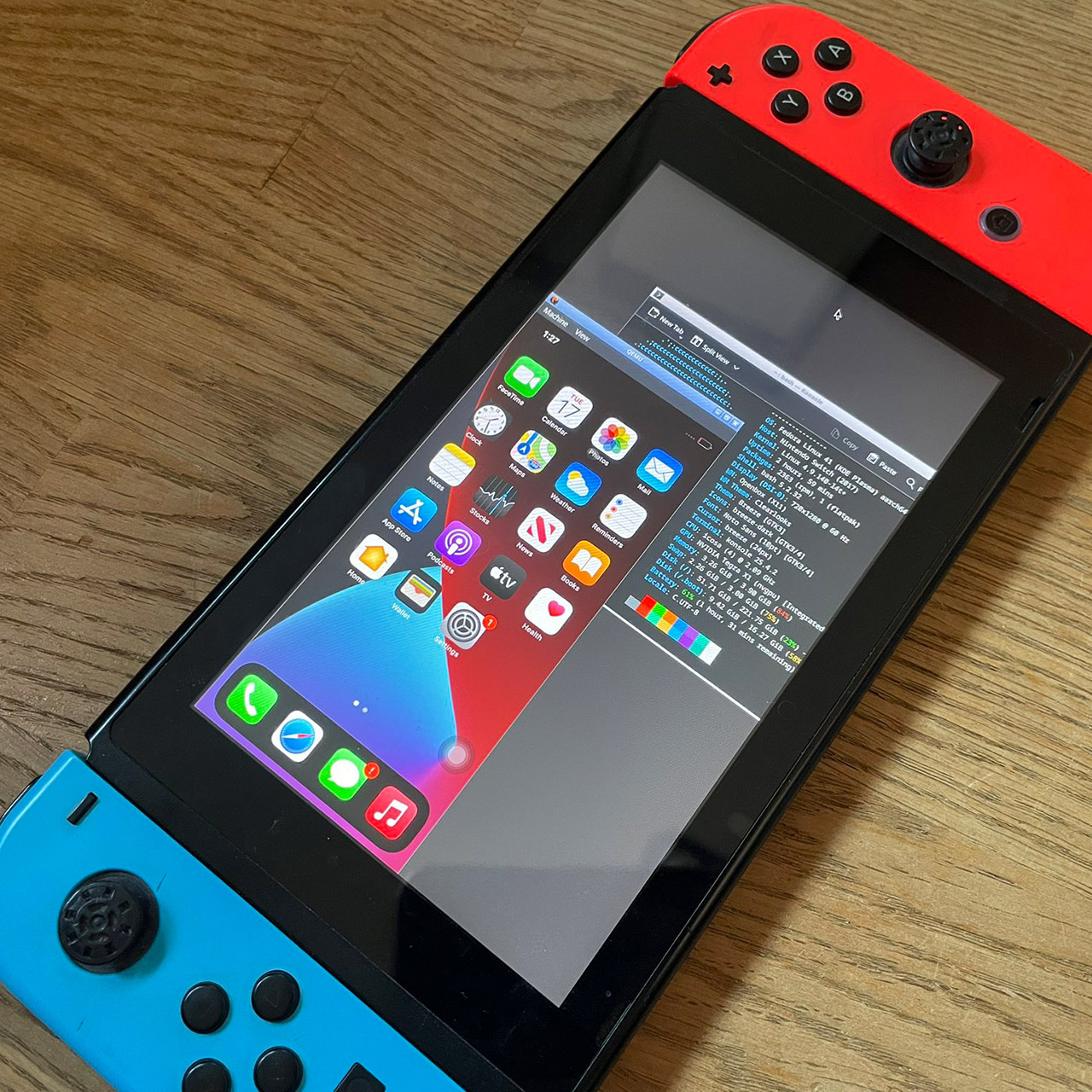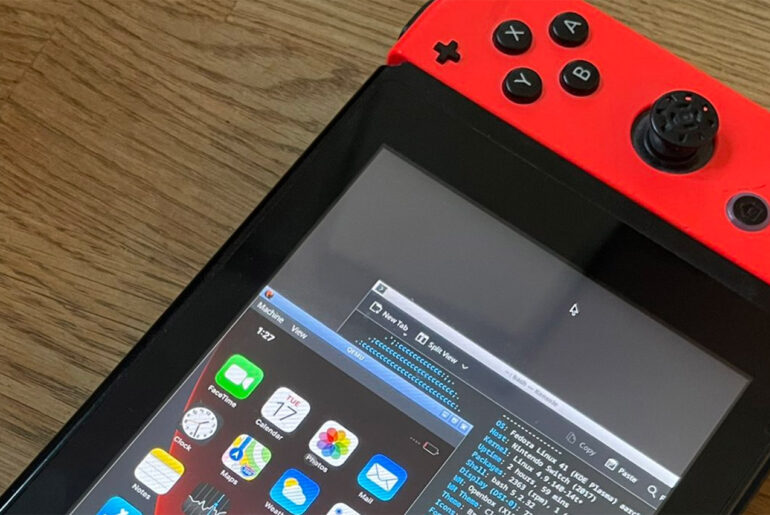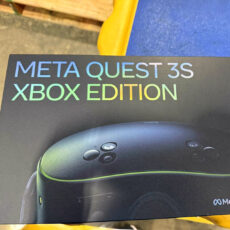
A tech enthusiast named PatRyk recently pulled off a wild feat that feels straight out of Steve Wozniak’s workshop: getting Apple’s iOS to fire up on a first-gen Nintendo Switch. Yep, the same handheld built for Mario Kart and Zelda is now posing as the “world’s slowest iPhone.”

Think about the odd match-up. Nintendo’s original Switch, rolled out in 2017, runs on an Nvidia Tegra X1 chip—a piece of ARM tech that’s kin to the guts of iPhones, iPads, and even today’s MacBooks. That shared DNA is the first hint why iOS on a Switch isn’t total sci-fi. Unlike trying to slap Windows on a PlayStation, the Switch’s hardware chats in a language close enough to Apple’s silicon to make emulation a possibility. But possible doesn’t mean a breeze. iOS is a fortress, built to run only on Apple’s tightly guarded turf. Step in PatRyk, armed with grit and a hefty open-source tool called QEMU.
- SPEED OF LIGHTNESS — MacBook Air with the M4 chip lets you blaze through work and play. With Apple Intelligence,* up to 18 hours of battery life,*...
- SUPERCHARGED BY M4 — The Apple M4 chip brings even more speed and fluidity to everything you do, like working between multiple apps, editing videos,...
- BUILT FOR APPLE INTELLIGENCE — Apple Intelligence is the personal intelligence system that helps you write, express yourself, and get things done...
this was all made possible with https://t.co/H77AB7f4e3, props to them 🙂
— PatRyk (@Patrosi73) June 17, 2025
QEMU, or Quick Emulator, is the heart of this madness. It’s like a shape-shifter, mimicking different hardware setups in a virtual world. Picture it as a translator letting the Switch’s Tegra X1 play the part of an iPhone 11’s A13 Bionic chip. PatRyk tapped a tweaked QEMU version for Apple Silicon, cooked up by a crew called ChefKissInc and shared on GitHub. Booting iOS took two exhausting days of tinkering.
Getting iOS to start on the Switch drags on for a mind-boggling 20 minutes—longer than popping a frozen pizza in the oven. Once it finally kicks in, it’s a shaky mess. Kernel panics—those crash-and-burn hiccups from hardware-software clashes—hit like clockwork. Open an app? It crashes with a timeout. Scroll settings? Don’t hold your breath. PatRyk sums it up: “I’ve lost my mind (and 2 days of my life to install this).” Turns out, the Switch is way too underpowered for iOS, which thrives on Apple’s optimized, high-octane silicon. The Tegra X1, solid for games, just can’t hack it.
Why the struggle? Emulation overhead is part of it. QEMU doesn’t run iOS straight—it builds a virtual iPhone setup, which strains the Switch’s modest guts. The Tegra X1, a 2015 relic, misses the muscle and specialized bits—like Apple’s neural engine or efficiency cores—that iOS counts on. Toss in the Switch’s 4GB of RAM, a sliver compared to modern iPhones, and you’ve got a slow-motion disaster. Plus, iOS is a locked garden, with drivers and tweaks honed for Apple’s gear.
This isn’t the Switch’s first detour from gaming. Its ARM roots have made it a modding favorite. Android, with its open vibe, has been running on it since 2019 with way less fuss. The gap? Android bends to fit various hardware, while iOS insists on Apple’s exact setup. PatRyk’s stunt, then, is less about daily use and more about showing off tech skills. It’s like scaling Everest in sandals—not practical, just epic. That iOS boots at all shouts out the modding crew’s brilliance and QEMU’s versatility.
[Source]










